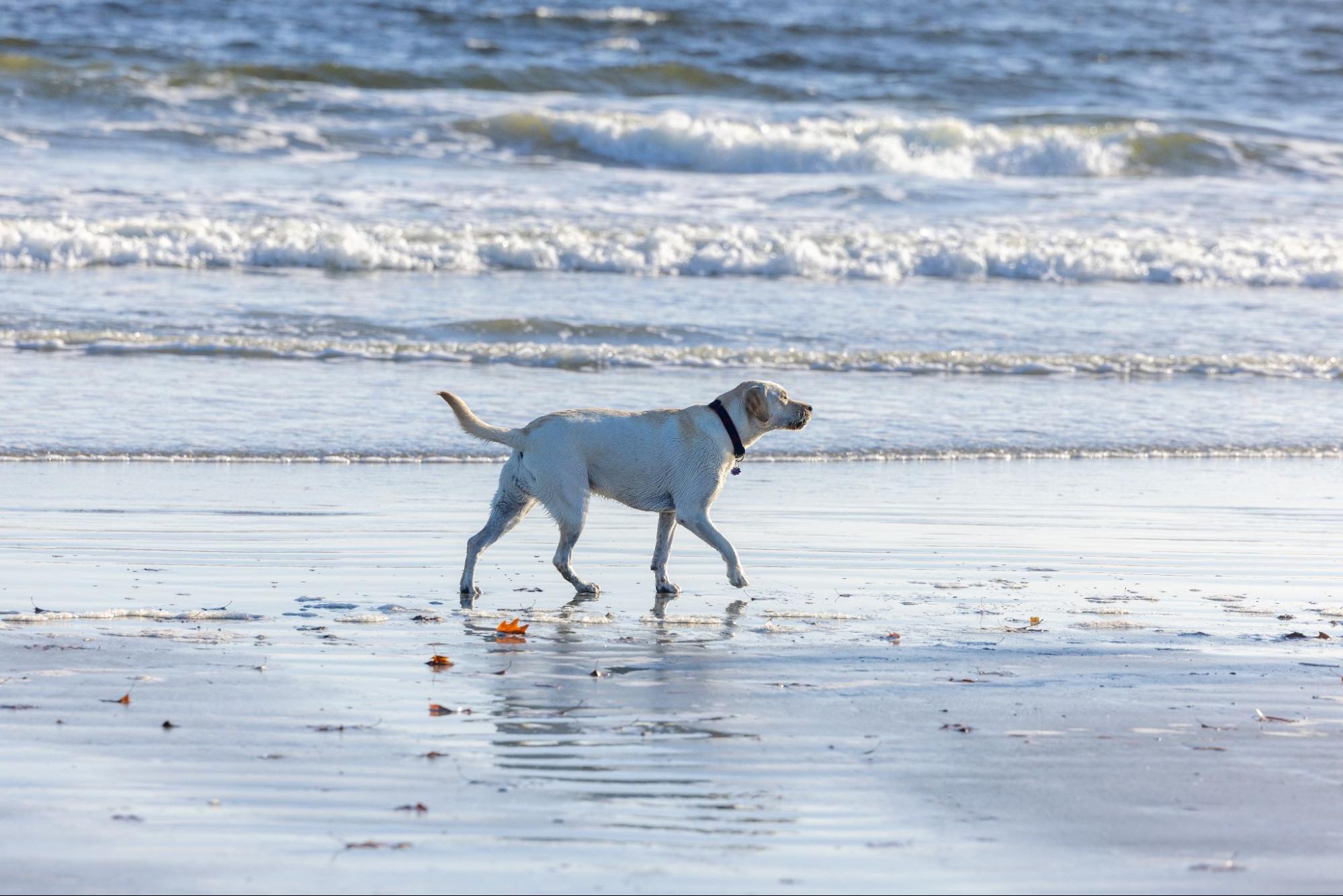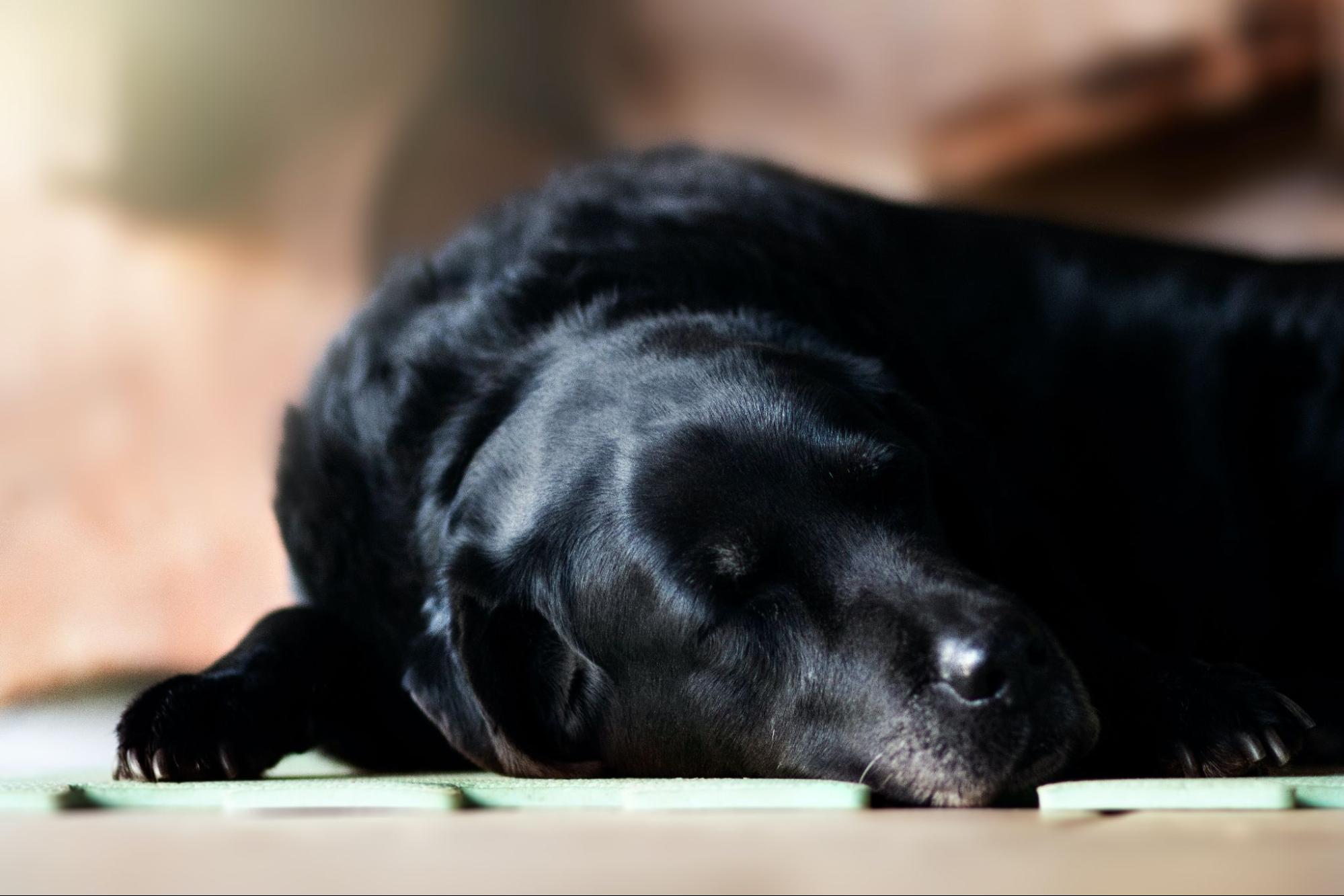
How to Train a Deaf Puppy
Training a deaf puppy requires some adjustments and specific techniques to effectively communicate with them. One key aspect is understanding that traditional methods of verbal commands won’t work, as the puppy cannot hear you. Instead, visual cues and hand signals become essential tools in their training journey.
When training a deaf puppy, consistency is crucial. Start by establishing a set of simple hand signals for basic commands such as sit, stay, come, and lie down. Use clear and distinct gestures that are easy for your puppy to understand. It’s important to repeat these signals consistently so that the puppy can associate them with the desired behaviour.
Positive reinforcement is another fundamental principle in training a deaf puppy. Labrador puppies are known for their intelligence and eagerness to please, making positive reinforcement highly effective. Reward your pup with treats or praise when they respond correctly to your hand signals or perform desired behaviours.
Additionally, incorporating visual aids such as flashlights or vibrating collars can be beneficial in capturing your deaf labrador’s attention during training sessions. These tools can serve as secondary signals that accompany your hand gestures.
Remember to be patient and understanding throughout the training process. Deaf puppies may require more time to grasp new concepts compared to their hearing counterparts. Stay consistent, use positive reinforcement techniques, and adapt your communication style accordingly – soon enough, you’ll witness remarkable progress in training your deaf labrador puppy!

Understanding Deafness in Puppies
Dealing with a deaf puppy may seem challenging at first, but with the right approach and understanding, training can be successful. In this section, we’ll delve into the unique characteristics of deaf puppies, specifically focusing on Labrador retrievers.
The Nature of Deafness in Puppies
- Inherited Condition: Deafness can be congenital or acquired, but in some cases, it is hereditary. Certain dog breeds, including Labradors, are more prone to genetic deafness.
- Congenital Factors: Congenital deafness means that the puppy is born deaf or loses hearing shortly after birth due to developmental issues within the ear structure.
- Acquired Factors: Puppies can also lose their hearing later in life due to infections, trauma, or exposure to loud noises.
- Different Degrees of Deafness: Deaf pups may experience partial or total hearing loss in one or both ears. It’s essential to assess their specific condition before starting training.
Communicating with a Deaf Puppy
- Visual Cues and Signals: Since verbal commands won’t work for a deaf puppy, visual cues become crucial for communication. Incorporate hand signals and body language into your training routine consistently.
- Positive Reinforcement Techniques: Reward-based training methods work wonders for all puppies but are especially effective for those who cannot hear verbal praise. Use treats and gestures to reward desired behaviours promptly.
- Establishing Routines: Creating consistent schedules helps your puppy understand what’s expected from them during different activities such as mealtime and walks.
- Utilising Vibrations: As dogs have heightened senses compared to humans, they are sensitive to ground vibrations caused by footsteps or clapping hands near them when providing attention or direction.
- Training Tools: Consider incorporating tools like vibrating collars designed specifically for deaf dogs. These collars can be used to get your puppy’s attention or provide cues during training sessions.
Remember, patience and understanding are key when training a deaf puppy. Tailor your approach to their individual needs and always celebrate small victories along the way.
Now that we have explored the unique aspects of deafness in puppies let’s move on to practical tips for training a Labrador retriever with hearing impairments.